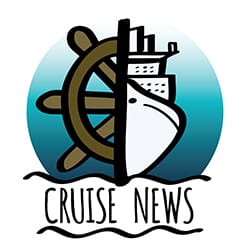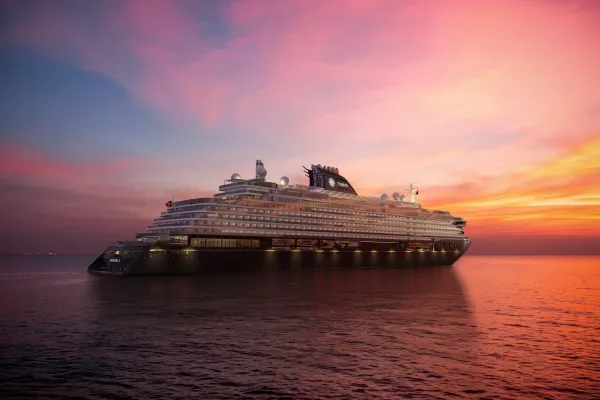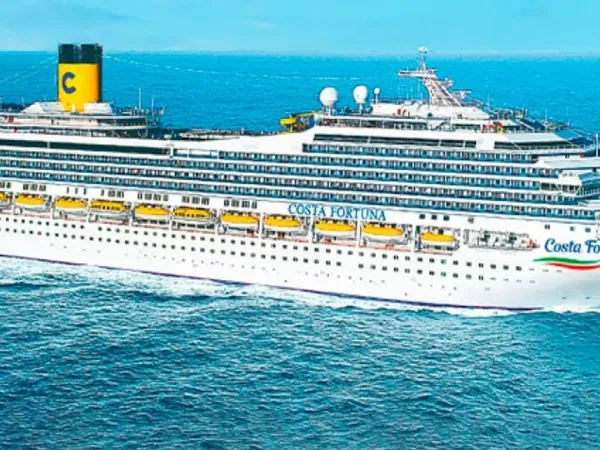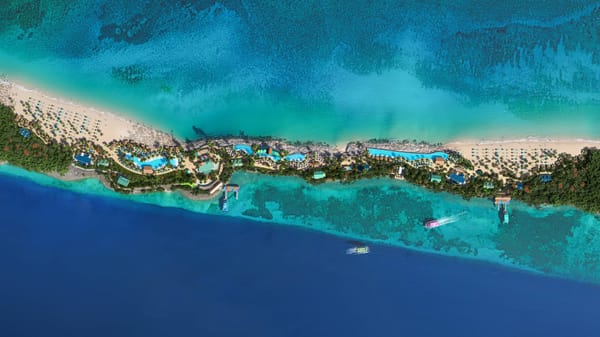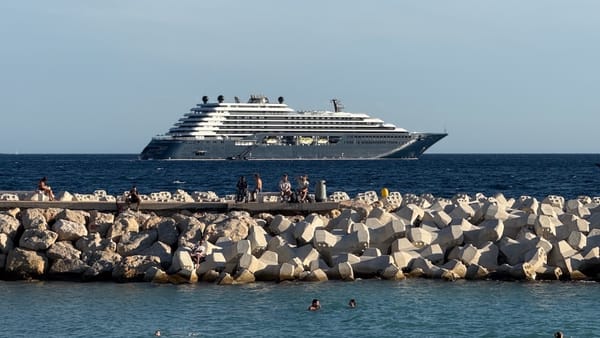Invergordon’s Proposed Cruise Levy Spurs Debate Over Tourism and Economy
Invergordon’s cruise levy proposal highlights wider tensions between tourism growth, local infrastructure needs, and the region’s dependence on cruise-related economic activity.
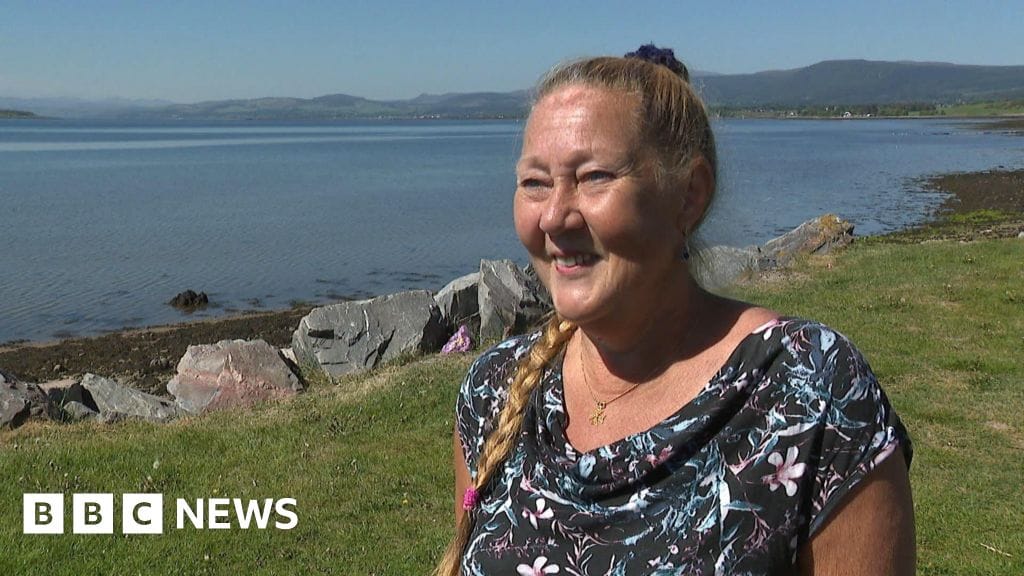
Invergordon, Scotland’s busiest cruise port in 2024, welcomed 1.2 million passengers, making it a key economic driver in the Highlands. A newly proposed cruise ship levy has sparked debate among local residents, businesses, and industry leaders. The Scottish government is considering a per-passenger tax intended to raise funds for local authorities under pressure from high visitor numbers.
Government Explores Per-Passenger Taxation
The proposed levy, reportedly set at £5 per cruise passenger, aims to help local councils address infrastructure challenges associated with rapidly growing tourist arrivals. According to Highland Council’s vice convener, Ken Gowans, “the funds could be channeled into essential services or infrastructure improvements,” ensuring that high visitor numbers do not overburden local communities.
Officials view the tax as a way to reinvest in public services, especially in areas highly dependent on tourism. However, some observers worry about potential unintended consequences if the levy makes Invergordon less attractive to cruise lines.
Local Business and Resident Perspectives
Reactions to the proposed tax vary. Sandra Munro, owner of the Tanstar gift shop, expressed concern about discouraging valuable foot traffic: “Many passengers already spend limited time here before moving on to other attractions in the Highlands. A tax could worsen the situation and hurt small businesses.”
Others, including long-time resident Donald Macdonald, see potential long-term gains. He argues that if the collected revenue is effectively managed and reinvested locally, the tax could address pressing community needs while preserving Invergordon’s appeal to visitors.
Cruise Passenger Opinions
Some passengers appear open to paying a modest levy if there is transparency about where the money goes. Visitors Jorge Marin and Maria Snijders likened the proposal to existing tourist taxes in other European cities, saying, “We wouldn’t mind a small fee if the funds clearly benefit the local community.”
Port Authorities and Industry Reactions
The Port of Cromarty Firth, which serves Invergordon, warns that raising operational costs through a per-passenger fee could prompt cruise lines to reduce or cancel their calls. A spokesperson stated, “Additional charges risk making Invergordon less competitive among UK ports, endangering both local jobs and wider Highland tourism.” Port officials estimate a possible decline in cruise visits by up to 10 percent.
- Potential fee: £5 per passenger
- Projected drop in cruise visits: up to 10%
- Risk to local tourism-related employment
Cruise Lines International Association (CLIA) has emphasized the sector’s support for sustainable tourism, urging careful collaboration on any new charges to avoid unintended economic harm.
Ongoing Decision-Making Process and Potential Outcomes
The Scottish government and Highland Council are gathering feedback from businesses, residents, and industry representatives before any levy legislation is finalized. An analysis by port officials indicates that even incremental expenses could lead to reduced ship calls, potentially hampering local revenue streams. Meanwhile, proponents argue that revenue from a modest levy can bolster crucial infrastructure and visitor services, provided the funds are ring-fenced and managed transparently.
While no final decision has been made, the debate illustrates the challenge of balancing tourism’s economic benefits with sustainable community development. As discussions move forward, the outcome in Invergordon could influence similar policies in other high-traffic cruise destinations across Scotland.
Frequently Asked Questions (FAQs)
Why is a cruise ship levy being considered in Invergordon?
The Scottish government aims to raise funds for local councils facing infrastructure and service pressures caused by high numbers of cruise visitors. The levy would potentially help finance improvements to accommodate growing tourist arrivals.
How much is the proposed levy per passenger?
Officials have suggested a flat fee of £5 per cruise passenger. Port authorities warn that this could significantly increase operational costs for visiting ships.
What are the concerns raised by local businesses?
Shop owners and tour operators fear that fewer visitors will come ashore or spend money if an additional charge is imposed, potentially reducing crucial revenue for the community.
How have passengers reacted to the levy proposal?
Some passengers say they would pay a small fee if the revenue clearly benefits the local community, citing similar taxes in other European destinations. Transparency on how the money is spent remains a key concern.
What are the next steps in the decision-making process?
Feedback is being gathered by the Scottish government and Highland Council from various stakeholders. Ongoing consultations will inform a formal policy proposal, which could shape future cruise strategies in Invergordon and beyond.
As consultations with local residents, business owners, port authorities, and international cruise operators continue, Invergordon’s handling of the proposed levy may serve as a blueprint for other Scottish tourism hubs balancing economic growth and community priorities.
